You might think of social media as a place where you share pictures of your lunch or post about your weekend plans. While those things are certainly important, they’re not the only reason to be on social media. In fact, from an organic search perspective, a brand’s social media posts still show up in traditional search results. Google crawls those sites like it does any other. So if you’re not using social media for your business, you’re missing out on potential traffic and customers.
Additionally, social media is a great way to build links. Links are an important ranking factor for Google, and the more high-quality links you have pointing back to your site, the better. Social media provides an easy and effective way to build those links. Every time you post something on social media, there’s a potential for someone to share it with their followers, which could lead to even more traffic for your site.
So if you’re not using social media for your business, now is the time to start. It can help you reach more customers and improve your organic search results.
Why Creating Competitor Link Gaps Is Just as Important as Closing Them
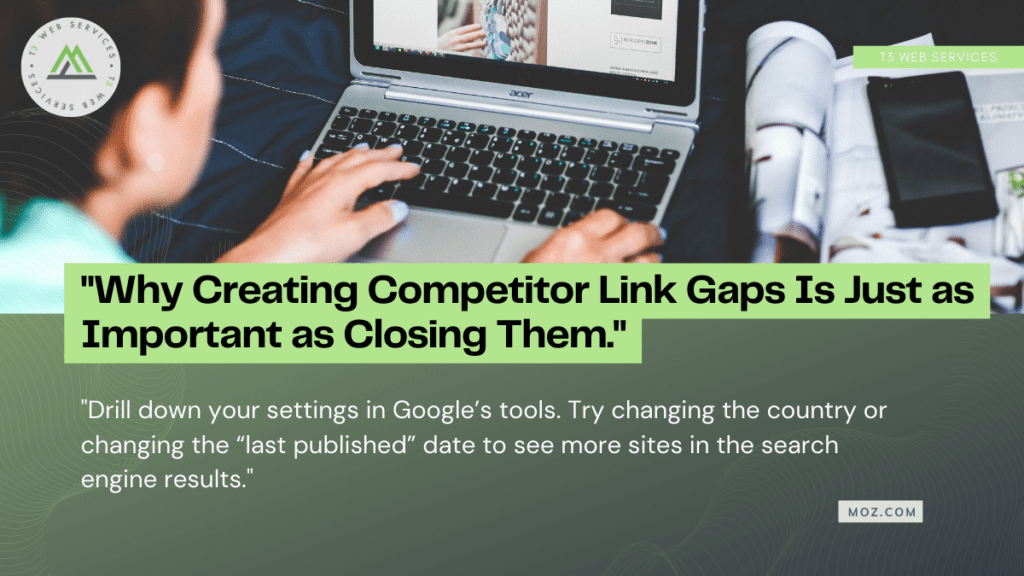

If you’re trying to earn or build links for brands in very competitive industries, it can be tempting to follow the competition and simply copy their link strategy to prove you’ve done everything you can. I’d like to share a different approach, and it involves thinking audience-first rather than backlink first.
The idea behind this technique is to generate links from sites that are:
- Topically relevant to the industry your brand or client operates in
- High quality and non-spammy
- Not feature a link to any of your competitors
For this technique to work, we still need to have a good understanding of the competitor link landscape.

https://moz.com/blog/creating-competitor-link-gaps
Google’s Algorithms Can Understand When Sources Agree On Same Fact
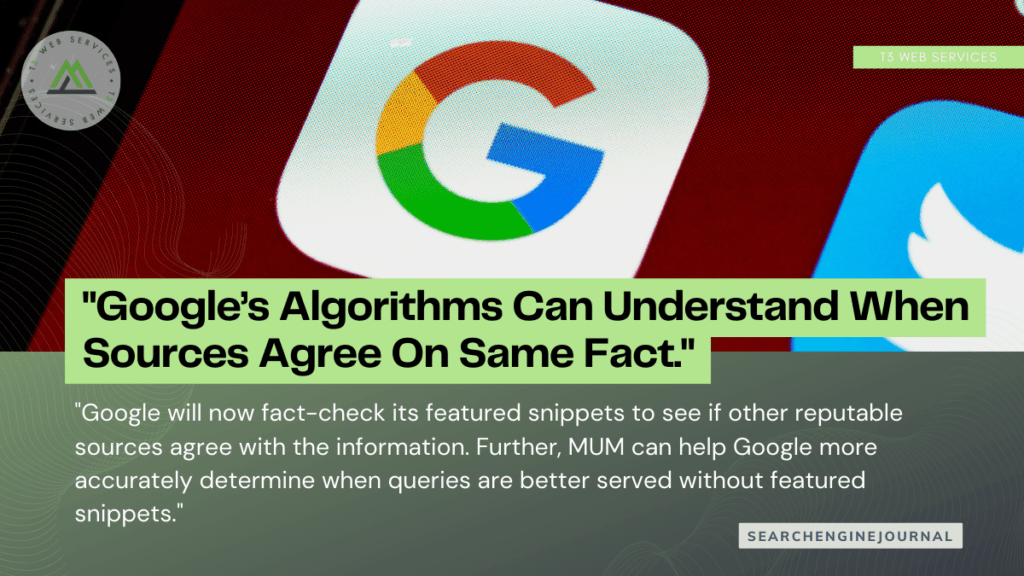

Further, MUM can help Google more accurately determine when queries are better served without featured snippets.
As a result of this update, Google is reducing the triggering of featured snippets in these cases by 40%.
Helping Searchers Identify Trustworthy Information
Along with the update to MUM, Google is introducing additional features to help searchers find information they can trust.
Expanding ‘About This Result’
Google is expanding the ‘about this result’ feature with more context, such as:
- How widely a source is circulated
- Online reviews about the source or company
- Whether another entity owns the company
- When Google’s systems can’t find adequate information about a source

25+ Experts Weigh In on the Best Ways To Use Social Media in Content Marketing
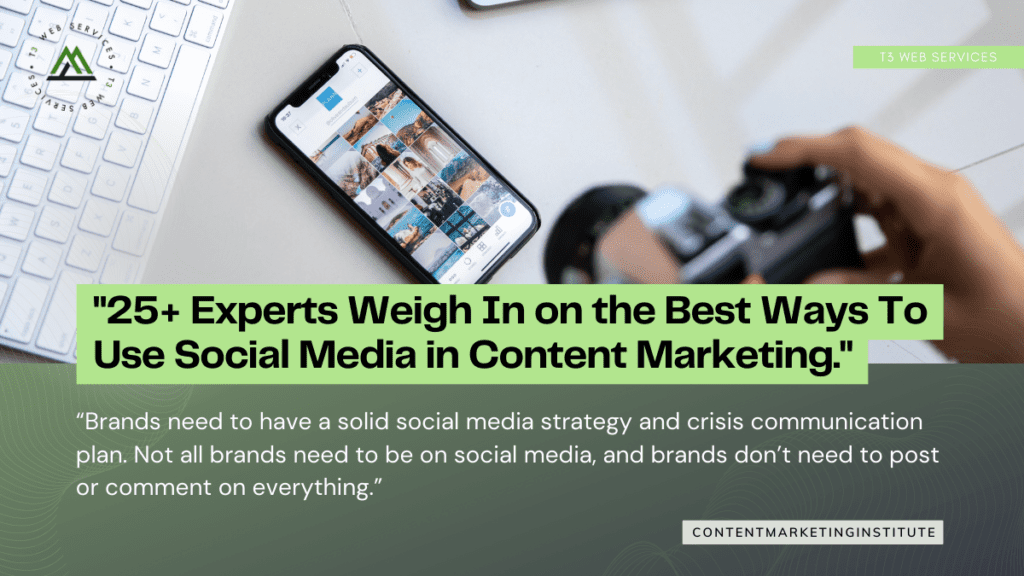

Communicate strategically
Social media is just a communication channel. There are no obligatory channels for any form of marketing (including content marketing). There are just channels better or worse suited to support your communication strategy. It all depends on your strategy. (Check out Apple’s social profiles!)
In content marketing, owned media are better-suited channels over social media or “rented land” because they allow for direct relationships with the audience, first-party data, and control over the communication. But still, social media – depending on the strategy – might be useful.
Strategy absence often induces the need to be everywhere to calm the fear of missing out: “I am not sure about strategy; therefore, I am not able to defend the decision of not using the channel.” If you cannot clearly answer why your brand should or should not be on a given social media, that’s most likely a strategy formulation problem. – Igor Bielobadek, digital marketing senior manager, Deloitte

https://contentmarketinginstitute.com/articles/experts-social-media-content-marketing
Google Updates Searches With Quotes To Show Location Of Page That Contains Quoted Words


Google announced it has changed how it displays search results for queries that use queries. The search snippet will now display the portion of the page where the quotes match, so the searcher knows where to look on the page when clicking through to the URL.
Google’s Yonghao Jin wrote “Now we’re making quoted searches better. The snippets we display for search results (meaning the text you see describing web content) will be formed around where a quoted word or phrase occurs in a web document. That means you can more easily identify where to find them after you click the link and visit the content. On desktop, we’ll also bold the quoted material.”
Here is the example Google gave, “if you did a search such as [“google search”], the snippet will show where that exact phrase appears:”
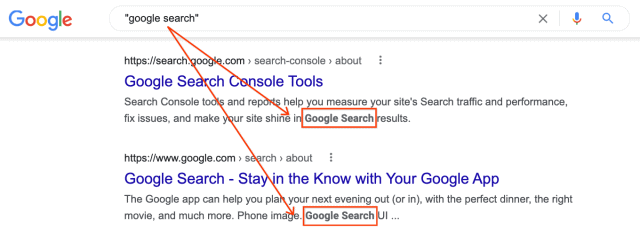

https://www.seroundtable.com/google-updates-searches-with-quotes-33870.html
Instagram Shares New Insights into How it Selects Recommended Posts to Highlight in User Home Feeds
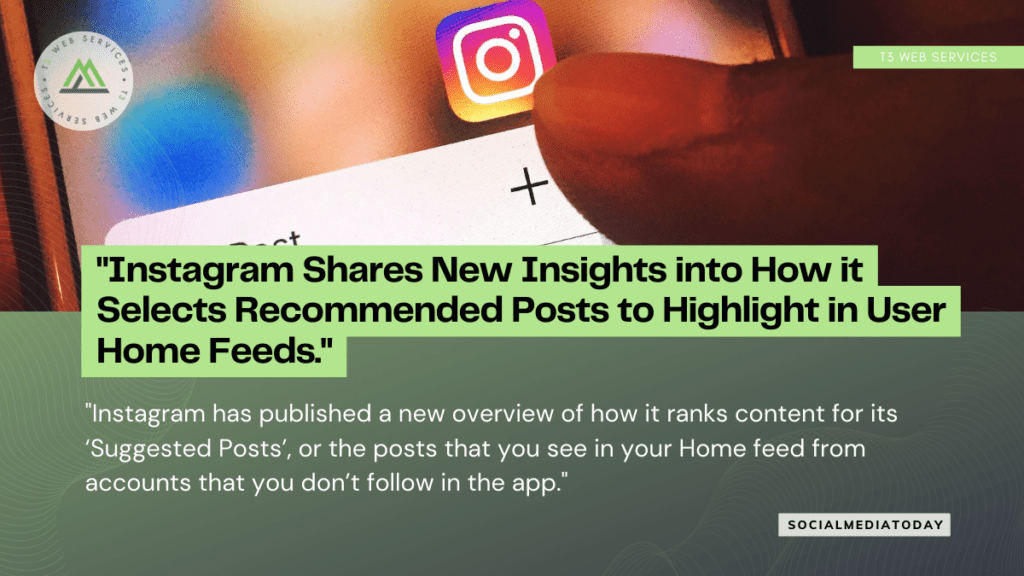
So how does Instagram select which additional content to show you in your Home feed? Here are some insights:
First off, Instagram’s engineering team outlines the focus of its recommendation system, and underlines the key aims of its approach:
- Users spend a lot of time crafting the perfect home feed for themselves. How can we do some of that work for them and make it feel like they crafted these recommendations themselves?
- Anecdotally speaking, users who stay engaged keep finding newer sources of interests to follow. Can we help in this act of progressive personalization a bit?
Whether people actually want an automated system to do this work for them is another question entirely, but the intended aim is to replicate human discovery with AI features, in order to enhance user engagement.

6 Ways To Dominate Your Market By Merging SMS And Email Marketing


- Use each channel to build the other’s lists
Lead generation is a huge part of any marketer’s workload. And gaining subscribers through just one channel is a thankless task.
However, when you combine SMS and email in your lead generation efforts, that job becomes a whole lot easier.
Text your SMS list and suggest that they subscribe to your email marketing. Adding an incentive like a discount or a freebie often helps. Given the high open and response rate of SMS, you can build up your email list via SMS very quickly.
- Centralize your data
Every customer touchpoint is a potential source of great data. SMS is no different. By combining SMS and email marketing, you can gather plenty of data to analyze and draw insights from.
Whether you’re using an Azure data lakes system, a CRM, or a commercial DMP, your data will be at its best and most useful when it’s in one, easily-accessible place.
By centralizing your data, you make it accessible for teams across your organization. It’s easy to find, analyze, and use.

3 content challenges and how marketers can overcome them


1: Scattered feedback
In order to produce content as a team, all hands have to be on deck. With more people involved, however, feedback can come from anywhere and gunk up the content production if the feedback isn’t orderly.
Solution. Determine a single destination for feedback and establish clear systems of record that welcome feedback.
2: Lack of visibility
Content creators lose valuable time tracking down the feedback mentioned in the previous challenge. This can be due to an overall lack of visibility into the content project and its workflow.
Solution. Define the project with a summary of what assets the campaign will include.
3: Adapting to change
Buyers’ demands have changed. They look for more content across a larger number of digital channels, plus they require a cohesive experience across these channels. These changing demands, in turn, force marketing teams to produce more content at a higher rate, often with the same number of people on the team, or with a reduction in staff.
Solution. Map out the creative workflow. Make sure the tools that are used to create assets are integrated in a way that mirrors the creative production process.

https://martech.org/3-content-challenges-and-how-marketers-can-overcome-them/


Leave a Reply